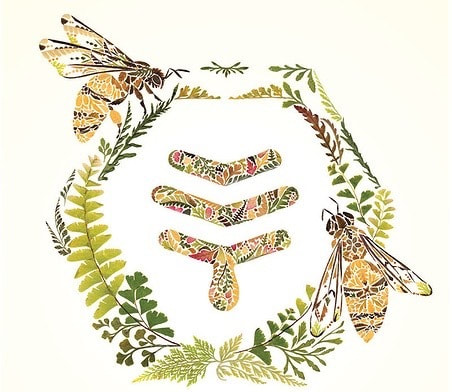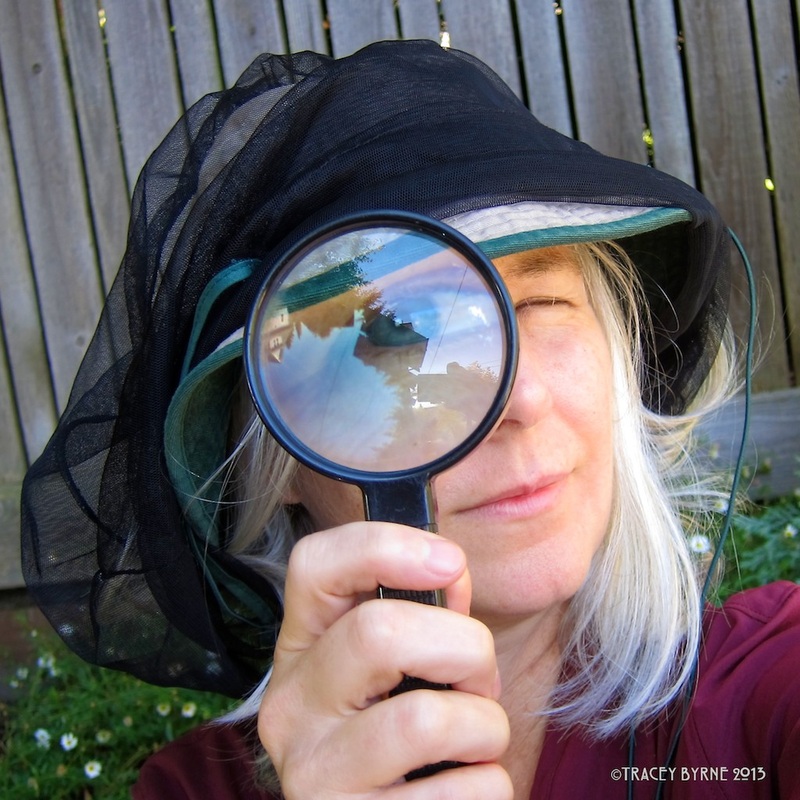The lifecycle of a honey bee consists of three main stages: the larval, pupal, and adult stages. Within a normal hive situation, a single queen bee lays fertilized and unfertilized eggs. Fertilized eggs can hatch worker and queen bees, unfertilized eggs hatch drone bees. Eggs hatch after about 3 days, but development rates and processes vary among bees within the hive, as well as between species in the genus Apis.
Worker Bees
Worker bees are female bees that hatch from a fertilized egg. After hatching, the bees spends an average of six days in the larval stage. During the first few days larvae are mass-fed a compound known as “worker jelly” or “brood food”- a mixture of fluids produced by the hypopharyngeal food glands and the mandibular glands of adult worker bees. Larvae are fed between 150-800 times per day for up to three days before the diet is changed to a less rich content and less frequent feeding schedule. During the larval stage fat bodies are built up that are able to store lipids, glycogen, amino acids, and mitochondria bodies for later use in the pupal stage. After eight or nine days, the brood cells are capped and the larvae molt. They begin to spin a cocoon with silk produced from thoracic salivary glands, this marks the beginning the pupal stage.
The pupal stage is when most parts of the adult bee form; the wings, legs, abdomen, internal organs, and muscles. Pupae draw upon the stores of the fat bodies built up during the larval stage during this period of growth. Stored lipids, amino acids, and glycogen fuel the continued growth of the developing pupa. After about 20 to 21 days, the pupa chews through the brood cell cap and emerges as a teneral or callow bee. These newly hatched bees do not leave the cell for three to four hours, as they have a soft skin, or cuticle, that takes time to harden.
Once emerging from the brood cell, bees must feed within a few hours. Without the bacteria and proteins that ingesting pollen brings, the development process and lifespan of the bee can be threatened. Young bees spend the first one to three weeks of their lives carrying out functions within the hive. These tasks include feeding and cleaning larvae, cleaning the hive cells, building comb, guarding, patrolling, accepting pollen from foragers, storing, curing, and packing pollen, and more. After about three weeks the glands that produce larval food and wax begin to degenerate. The bee moves from the brood nest and begins integration into the life of a forager.
Worker bees typically live 15-38 summer days. In the winter, changes in the bees anatomy- specifically well-developed hypopharyngeal glands and an increased supply of fat bodies, enable worker bees to live 140-320 days.
~from Evergreen's The Terroir of Honey, Spring 2016

 RSS Feed
RSS Feed
